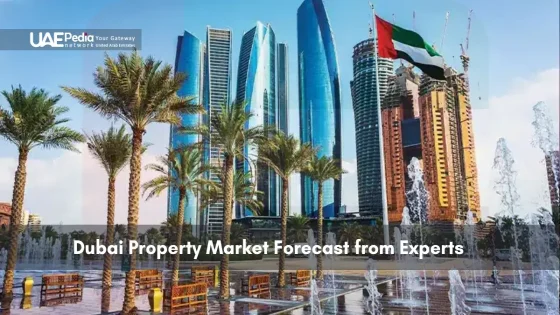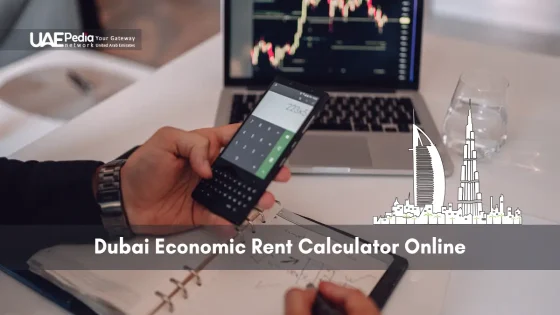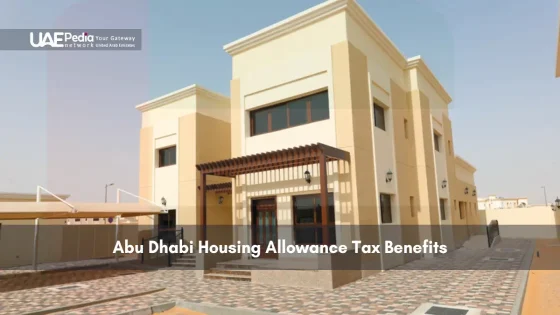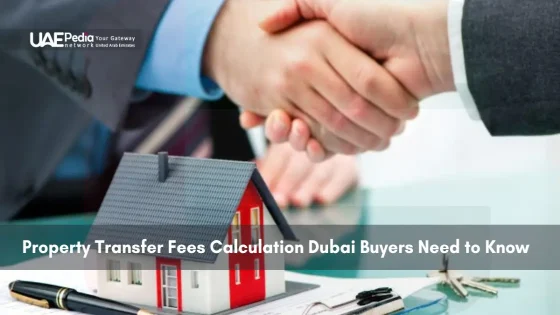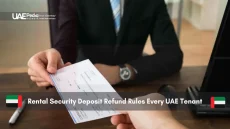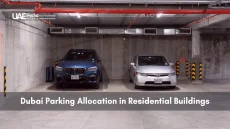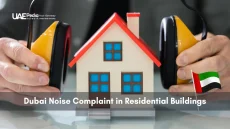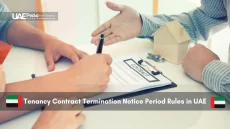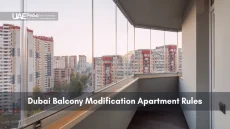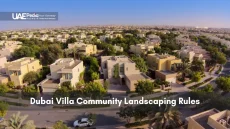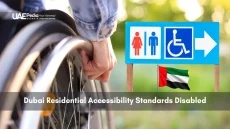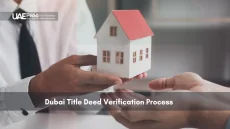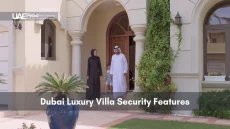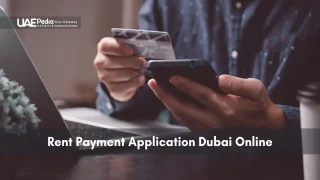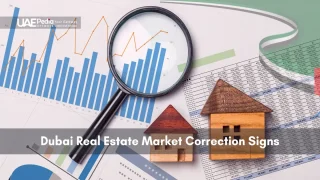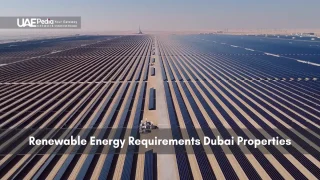What if the most talked-about urban success story still has room to grow? Deloitte’s latest analysis reveals residential sales jumped 5.6% in early 2025, with rental rates climbing up to 20% in hotspots. This isn’t just a rebound—it’s a blueprint for how cities thrive amid global uncertainty.
We’ve seen neighborhoods transform, new residency programs attract global talent, and infrastructure projects reshape skylines. These factors create a unique ecosystem where demand outpaces supply, even as other markets waver. A recent deep dive into strategic insights highlights how sectors like hospitality and retail are evolving alongside housing.
Three elements fuel this momentum:
- Diverse opportunities: From sleek high-rises to community-focused developments, choices cater to investors and residents alike.
- Forward-thinking policies: Visa reforms and tax incentives keep the region competitive on a global scale.
- Balanced growth: While prices rise, affordability initiatives ensure long-term stability across income levels.
Whether you’re exploring luxury villas or commercial spaces, understanding these dynamics helps navigate opportunities—and avoid pitfalls. Let’s unpack what’s ahead.
Key Takeaways
- Residential sales and rents show consistent growth, driven by population expansion and investor confidence.
- Government strategies enhance market resilience, balancing innovation with accessibility.
- Multiple sectors—from retail to hospitality—contribute to a diversified investment landscape.
Market Trends and Real Estate Performance in Dubai
Ever wondered where global talent and smart urban planning converge to create a real estate powerhouse? The numbers tell a compelling story. Deloitte’s latest data shows a 20% surge in residential sale values since early 2025, with villas outpacing apartments in both demand and price growth. This isn’t just about buildings—it’s about how lifestyle priorities shape entire neighborhoods.
Residential Market Dynamics and Key Metrics
Villas now command 8% higher rental yields than apartments, attracting families seeking space and privacy. Check how different segments stack up:
| Property Type | Price Growth | Avg. Rental Yield | Transaction Share |
|---|---|---|---|
| Villas | 22% | 5.8% | 41% |
| Apartments | 18% | 5.1% | 59% |
Three-bedroom units dominate transactions, reflecting a shift toward blended living-working spaces. New suburban communities like Jumeirah Golf Estates see 30% faster lease-ups than downtown high-rises.
Office, Retail, and Hospitality Sector Insights
Premium office towers report 92% occupancy as multinational firms expand regional hubs. Retailers blend showrooms with app-based delivery—projected sales hit AED 280 billion by late 2026. Hotels? They’re thriving too, with occupancy rates matching pre-pandemic peaks and RevPAR up 15% year-over-year.
Here’s the takeaway: these numbers aren’t just stats. They’re your roadmap to spotting where value meets vision in a fast-evolving landscape.
dubai property market forecast experts: Analysis and Predictions
Picture this: neighborhoods where cranes outnumber palm trees, yet every new project finds eager buyers. Q1 2025 reports reveal a 33% jump in transactions compared to last year—with villas snagging 47% of all sales. Let’s unpack the numbers shaping tomorrow’s skyline.
Recent Sales, Rentals, and Transaction Volumes
Ready homes saw prices climb 19% year-over-year, while off-plan registrations hit record highs. Townhouses in areas like Al Furjan now lease within 72 hours of listing. One broker quipped: “We’re not just selling apartments—we’re onboarding residents for communities that don’t exist yet.”
Comparative Performance Across Property Segments
Check how different options stack up:
| Type | Price Growth | Avg. Days Listed |
|---|---|---|
| Luxury Villas | 24% | 18 |
| Mid-Range Apartments | 16% | 29 |
| Suburban Townhouses | 21% | 11 |
Emerging zones like Dubai Hills attract families with hybrid spaces—think home offices doubling as yoga studios.
Impact of Off-Plan Activity on Future Trends
Over 12,000 off-plan units were registered last quarter—62% targeting first-time buyers. Strategic analysis from industry leaders shows these pre-construction deals often yield 8-11% returns upon completion.
Here’s what smart money’s watching: communities blending sustainability with tech-driven amenities. As one developer put it:
“Today’s floor plans are blueprints for 2030 lifestyles.”
Driving Forces Behind Dubai’s Real Estate Surge
What’s the secret ingredient transforming skylines faster than you can say “majlis”? It’s a cocktail of smart governance and eco-conscious design. Deloitte reports that 78% of recent growth ties directly to policy reforms and sustainability efforts—proof that cities thrive when they balance ambition with livability.
Policy Power Plays
Imagine getting a 10-year residency visa just for buying a home. That’s reality here now. Recent changes like:
- Golden Visas for qualified buyers
- Zero income tax on rental earnings
- Streamlined permit processes for developers
Johan Hajji, a regional strategist, notes:
“These aren’t just perks—they’re invitations to build legacies.”
Check how key measures stack up:
| Initiative | Impact | Beneficiary Group |
|---|---|---|
| Long-Term Visas | +31% Foreign Investment | Global Buyers |
| Green Building Codes | 18% Energy Savings | Residents/Developers |
| Retail Zoning Reforms | 42 New Brands Entering | Commercial Sector |
Smart Cities, Smarter Living
Solar-powered communities now outnumber traditional suburbs 3:1. Metro expansions cut commute times by 40% in key districts—game-changers for work-life balance. One project manager shared: “We’re not just installing smart thermostats. We’re coding entire neighborhoods to learn residents’ habits.”
From rainwater recycling systems to AI-driven waste management, these innovations create value that lasts. And with 63% of retail spaces now requiring eco-certifications, sustainability’s becoming the ultimate selling point.
Here’s the kicker: these forces aren’t slowing down. They’re blueprints for cities that don’t just grow—they evolve.
Emerging Sectors and High-Yield Investment Opportunities
Imagine communities where robotic warehouses hum alongside waterfront promenades. This blend of practicality and lifestyle defines today’s smart capital plays. Let’s explore where savvy money flows.
Housing Horizons: From Sky Villas to Starter Homes
Luxury towers in coastal zones like Palm Jumeirah deliver 7.2% annual returns—but don’t overlook mid-range gems. DAMAC Hills 2 offers three-bed townhouses with 19% price growth since launch. For residents seeking value, Al Furjan’s family-friendly units lease 40% faster than city averages.
Industrial & Retail: Where Business Meets Innovation
Logistics hubs near Dubai South report 94% occupancy as e-commerce booms. Check how sectors compare:
| Sector | Avg. Yield | Growth (2025) | Hotspot |
|---|---|---|---|
| Warehouses | 8.1% | +22% | Dubai South |
| Retail Plazas | 6.3% | +14% | Downtown |
| Co-Working | 9.4% | +31% | Business Bay |
One developer notes: “Investors want spaces that multitask—stores with last-mile delivery docks, offices with yoga decks.”
Timing Your Move: Off-Plan vs Ready Units
DAMAC Lagoons’ pre-construction villas sold out in 72 hours—a sign of fierce interest. Yet completed units in mature areas offer steadier rentals. The sweet spot? Mix both. Short-term stays in tourist zones now yield 12-18% returns, perfect for balancing portfolios.
Here’s our take: spread your bets. Allocate 50% to residential, 30% commercial, 20% industrial. This cocktail captures immediate cash flow while banking on future projects. As markets evolve, flexibility becomes your superpower.
Final Perspectives on Navigating Dubai’s Real Estate Future
Think of a city where tomorrow’s skyline takes shape before yesterday’s blueprints fade. Growth here isn’t linear—it’s a dance between ambition and adaptability. Sustainability drives every crane’s swing, with solar-powered communities and AI-optimized infrastructure becoming the norm, not the exception.
Smart capital deployment means balancing risk with vision. The sustainable construction efforts behind nearly 400 LEED-certified projects reveal a clear pattern: long-term value thrives where innovation meets responsibility. Provident’s 2025 data shows neighborhoods blending green spaces with tech-forward design outperform traditional models by 18% in resident retention.
Three rules guide success:
- Follow the momentum of smart city initiatives, not just price tags
- Pair bold moves with localized expertise—every district has its rhythm
- See risks as calculated steps toward becoming part of a global hub
Whether you’re eyeing coastal villas or mixed-use developments, remember: this is a world where concrete jungles bloom into livable ecosystems. Connect with planners who speak the language of both blueprints and lifestyles. The future isn’t just built here—it’s reimagined daily.
Established areas like Palm Jumeirah and Downtown Dubai remain hotspots for luxury buyers, while family-friendly zones such as Arabian Ranches and Dubai Hills attract long-term residents. Emerging districts like Mohammed Bin Rashid City blend affordability with smart-city amenities.
Off-plan projects offer flexible payment plans and lower entry points, particularly in growth corridors like Jumeirah Village Circle. Ready units in prime locations provide immediate rental yields, with waterfront developments commanding premium valuations.
Programs like the Golden Visa expansion, 100% foreign ownership laws, and the D33 economic agenda create stability. Tax-free returns, streamlined business setups, and mega-projects like Dubai Urban Master 2040 further position the emirate as a global capital magnet.
Absolutely. Developments with LEED certification, solar integration, and smart-home tech in areas like Sustainable City and Al Barari see 12-18% faster leasing activity. Eco-conscious designs now influence pricing tiers from luxury estates to mid-market towers.
Logistics hubs near Dubai South and industrial zones near Jebel Ali Port thrive with e-commerce expansion. Neighborhood retail plazas in communities like Mirdif and Green Community cater to localized demand, while co-working spaces reshape commercial leasing models.
Beyond purchase price, factor in 4% DLD fees, agent commissions (2%), service charges (AED 15-40/sqft annually), and potential renovation costs. Communities with integrated facilities management like Emaar South often provide clearer long-term cost projections.
